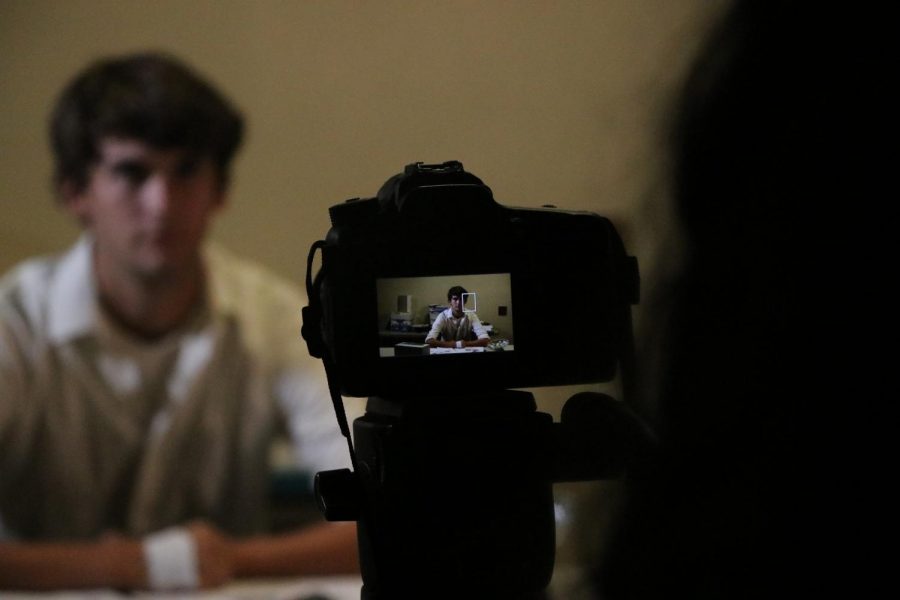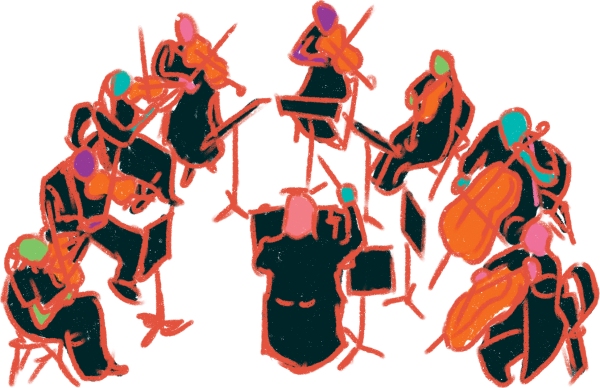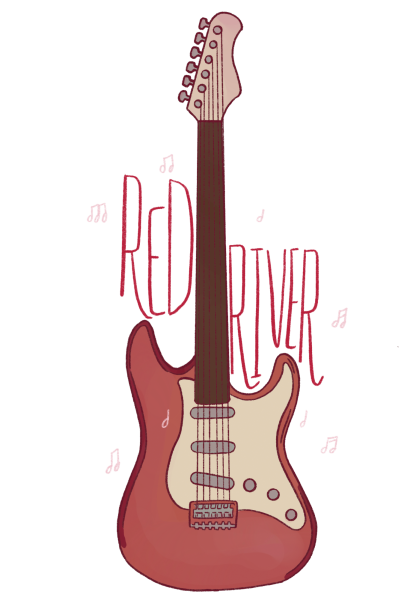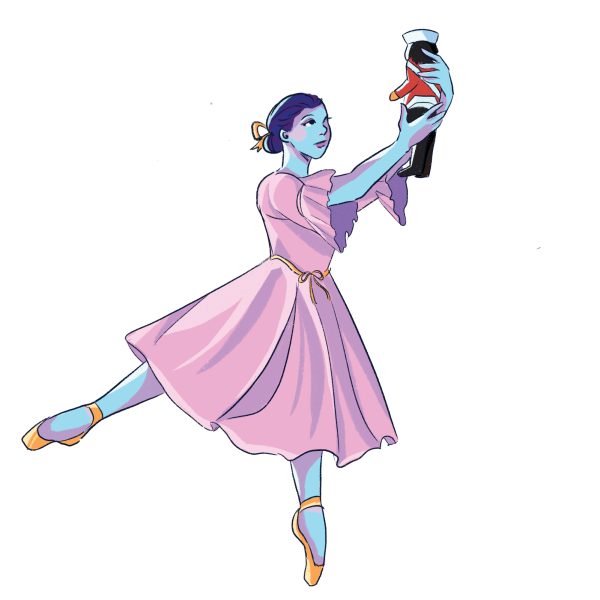Preparing Future Faces In Entertainment
October 9, 2019
Students huddle behind the camera in silence as the actors take their positions. “And, Action!” a voice says and the actors begin to recite their lines. In Audio Visual Production (AVP), students learn about filmmaking and collaborate to create films of their own. Students who take the beginner course are introduced to all of the equipment and skills necessary to make a short film, which they then create in the spring. Those in the advanced AVP classes build on what they learned in the intro course by spending both semesters on multiple films.
AVP teacher Vanessa Mokry has taught the class since LASA’s creation in 2007. She described the class’s appeal to students who are new to filmmaking and want to learn more about the processes involved in creating a short film.
“[AVP] is where you learn a little bit about every aspect of the filmmaking process,” Mokry said. “Everything from writing to directing to cinematography to editing; so you learn all the skills so that you can then produce a short film in the spring.”
AVP offers students interested in the filmmaking process an outlet to explore filmmaking with the same equipment and techniques that are used by professional film studios. Students have a wide range of filming equipment available to them: state-of-the-art cameras, sound systems, and editing software. Students can experience every aspect of filmmaking in both the intro and advanced classes, and once students learn about equipment usage, everything they need to make a film is at their disposal.
“We have filmmaking equipment, just like any other independent filmmaker would have,” Mokry said. “We have DSLR cameras for the intro classes and separate sound recorders–so we do sync sound just like professional filmmakers. And the advanced class has better equipment. They have…better cameras…better sensors on their cameras…[and] very nice cinematic cameras. We have a drone [and] we have a couple of stabilizing gimbals.”
Mokry also explained the career fields that alumni of the course had gone into, which range from college media programs to internships with major producers. Even if a student does not go into a related career, Mokry feels confident they have learned skills that can help them anywhere.
“It’s not a lot [of students], percentage-wise, that are going exactly into a film or TV related job,” Mokry said. “There’s one right now that has a number of credits as a director and she’s moving towards continuing that career. Then I have another one that just graduated from UCLA’s TV program. Another one’s working in town for a reality TV show. So it’s kind of all over.”
Junior Gaelila McKaughan is currently in her second year of Audio Video Production and is in the advanced class. She was drawn to the course by the added freedom it gave her as opposed to photography.
“I’m not sure whether I want to do film as a career… I’m not sure if I want to dedicate myself yet,” McKaughan said. “I feel like the skills that you learn in film production are useful to other things that you do in your future.”
Whether McKaughan decides to take up a career in film or not, she agrees that the skills learned in AVP are applicable to many fields. In fact, she joined AVP for the photography aspect but later realized how working on videography was connected.
“Last year I went into AVP because I was really into photography, but then I realized that I liked the idea of doing something with a little bit more in motion because I felt like photography was limiting,” McKaughan said. “So, I joined the class to learn a bit about how to get into film.”
Students also use a professional-quality editing software for their projects. Both advanced and intro classes have Adobe Creative Suite and related programs available to them, which they use for inserting all manner of effects into their films. While Suite programs like Premiere Pro are used for editing films, others, like After Effects, enable a user to create motion graphics and animation.
“Last class we worked on using a [software] program called After Effects,” McKaughan said. “And then we’re also working on lighting and mimicking movie scenes.”
LASA senior Nabeeha Ghani is also in the advanced AVP class and took intro to AVP last year. She took AVP because of the opportunities students are presented with to get into both the film and photography industry.
“I joined AVP because I always wanted to explore film but never had the space to do so, and I heard a lot of good things about Ms. Mokry and the film program at LASA,” Ghani said. “In this class, we learn a lot of technical skills as well as a lot of storytelling skills. We learn how to use the equipment, but we also learn what makes a good story, and what makes a good plot.”
In both classes, screenwriting crash courses are also available, and general film-writing opportunities are abundant. By the time students have finished either class, they find the knowledge they gained is useful for a career or future in the filmmaking industry.
“Being a director has been my dream job since I was in fourth grade,” Ghani said. “I think I’ve learned a lot already and narrowed it down to ‘I do want to do it in the future.’”
After taking the film class, Ghani, like past AVP alumni, realized that she wanted to move further into the world of film. However, she was not sure whether she wanted to do it professionally or not.
“I think that being in this class with Ms. Mokry really showed me that I want to continue it in the future for sure, whether that is as a hobby or as a full-on career,” Ghani said. “I think I’ve learned a lot already and narrowed it down to I do want to do it in the future.”
Besides providing cameras and computer programs, AVP provides the mentoring students need to delve into the world of filmmaking. There are multiple examples of successful graduates who have helped to produce films in the professional world. According to the interviewees, one thing is for sure: AVP is one of the coolest classes at LASA.









